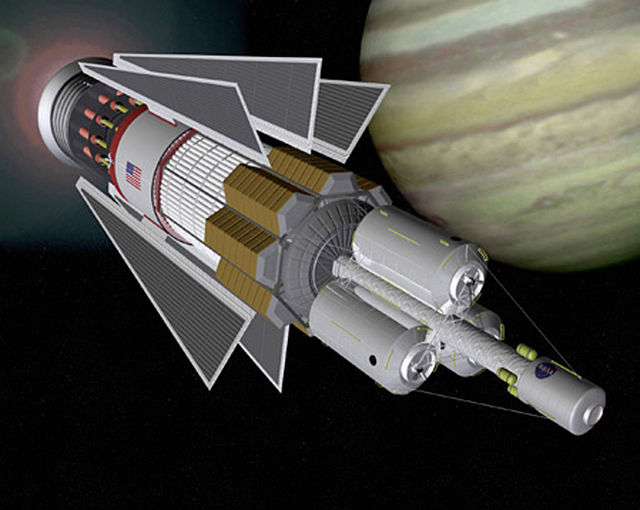Geoffrey Alan Landis is an American aerospace engineer and author, working for the National Aeronautics and Space Administration (NASA) on planetary exploration, interstellar propulsion, solar power and photovoltaics. He holds nine patents, primarily in the field of improvements to solar cells and photovoltaic devices and has given presentations and commentary on the possibilities for interstellar travel and construction of bases on the Moon, Mars, and Venus.
Landis at the 75th World Science Fiction Convention, Helsinki, 2017
The Zephyr landsailing rover, a concept for a wind-propelled rover on the surface of Venus. Image from NASA John Glenn Research Center, for the NASA Innovative Advanced Concepts ("NIAC") project.
Geoffrey Landis combined his scientific insights about Venus cloud layer habitability in his science fiction work The Sultan of the Clouds (2010).
Interstellar travel is the hypothetical travel of spacecraft from one star system, solitary star, or planetary system to another. Interstellar travel is expected to prove much more difficult than interplanetary spaceflight due to the vast difference in the scale of the involved distances. Whereas the distance between any two planets in the Solar System is less than 55 astronomical units (AU), stars are typically separated by hundreds of thousands of AU, causing these distances to typically be expressed instead in light-years. Because of the vastness of these distances, non-generational interstellar travel based on known physics would need to occur at a high percentage of the speed of light; even so, travel times would be long, at least decades and perhaps millennia or longer.
A Bussard ramjet, one of many possible methods that could serve to propel spacecraft
Modern Pulsed Fission Propulsion Concept
Artist's depiction of a hypothetical Wormhole Induction Propelled Spacecraft, based loosely on the 1994 "warp drive" paper of Miguel Alcubierre






